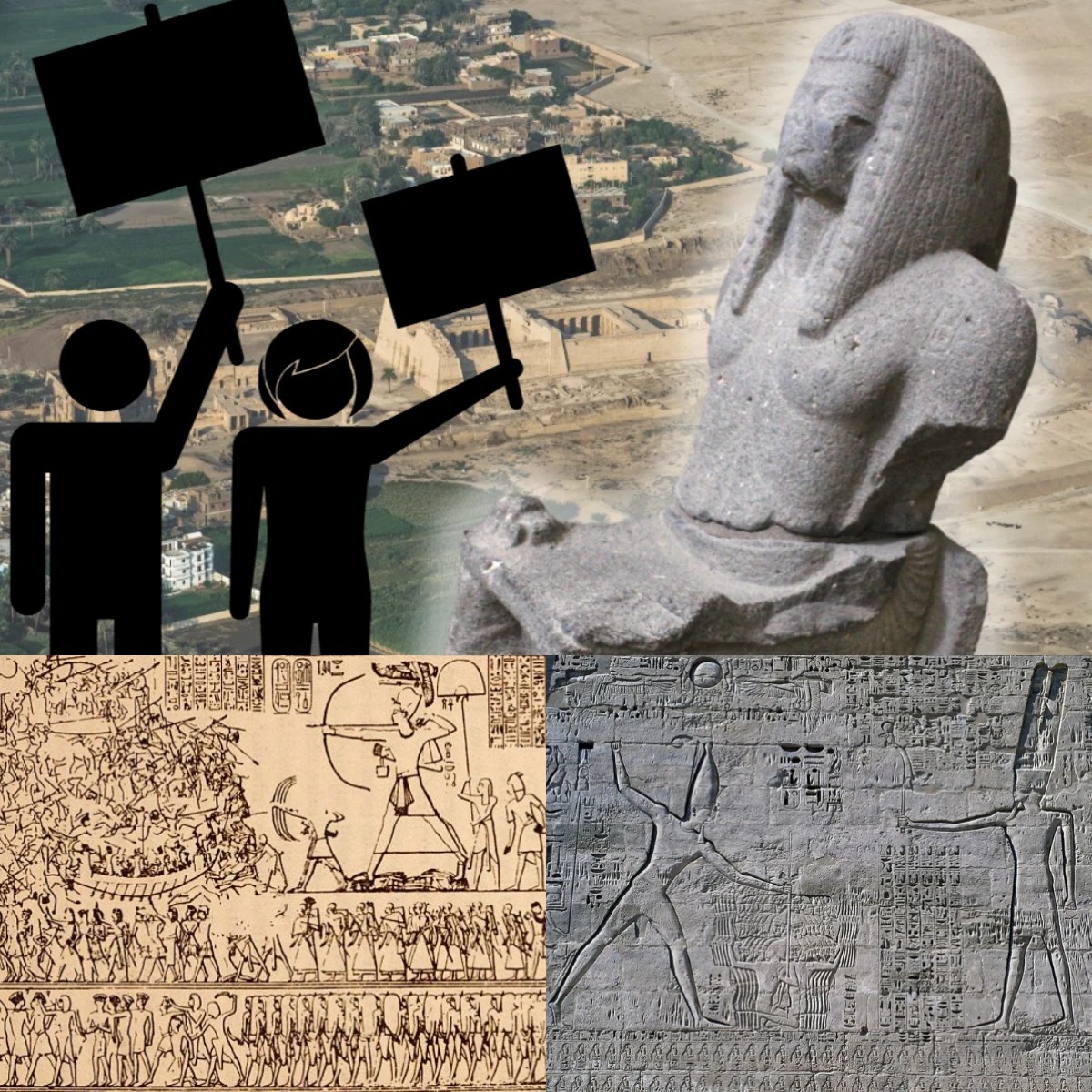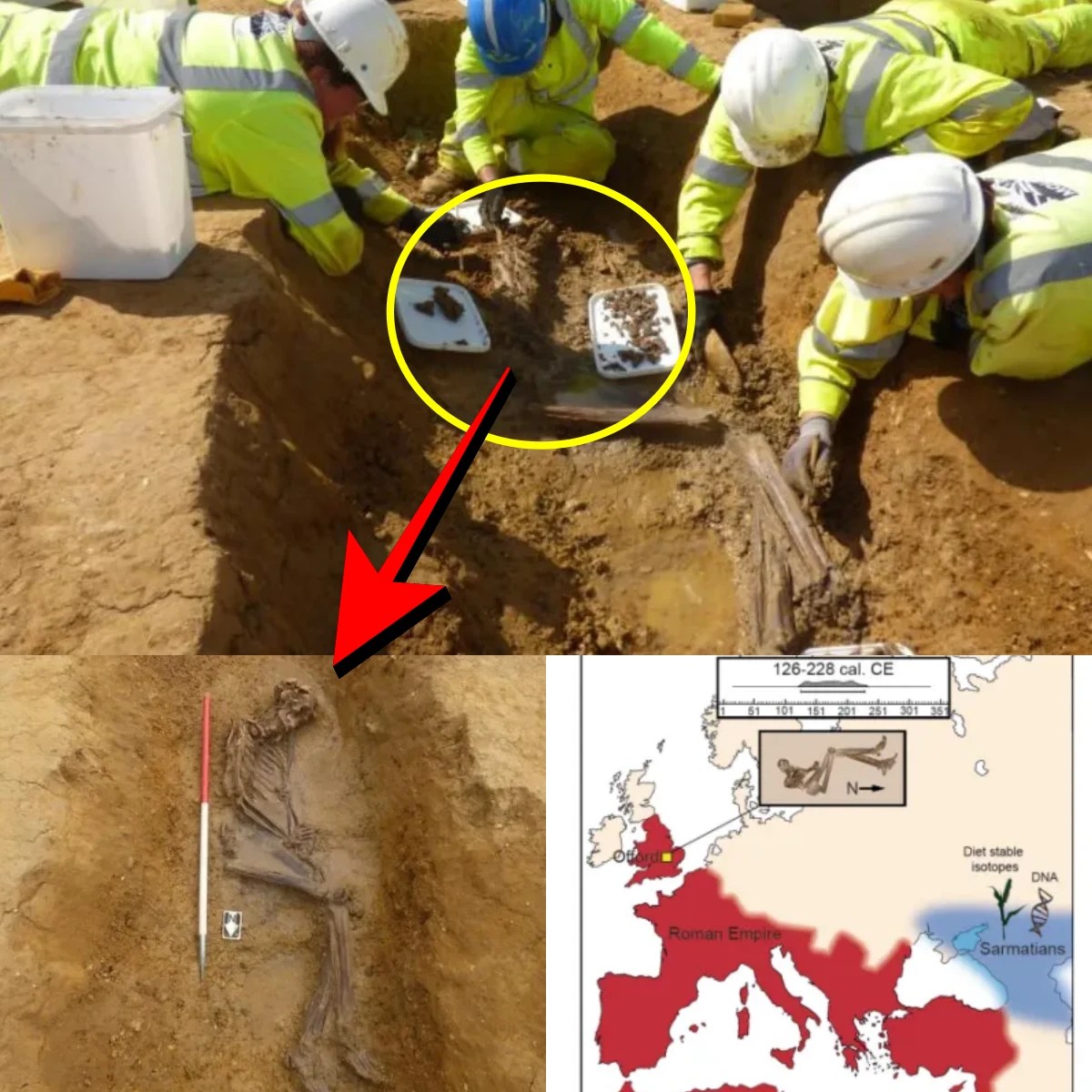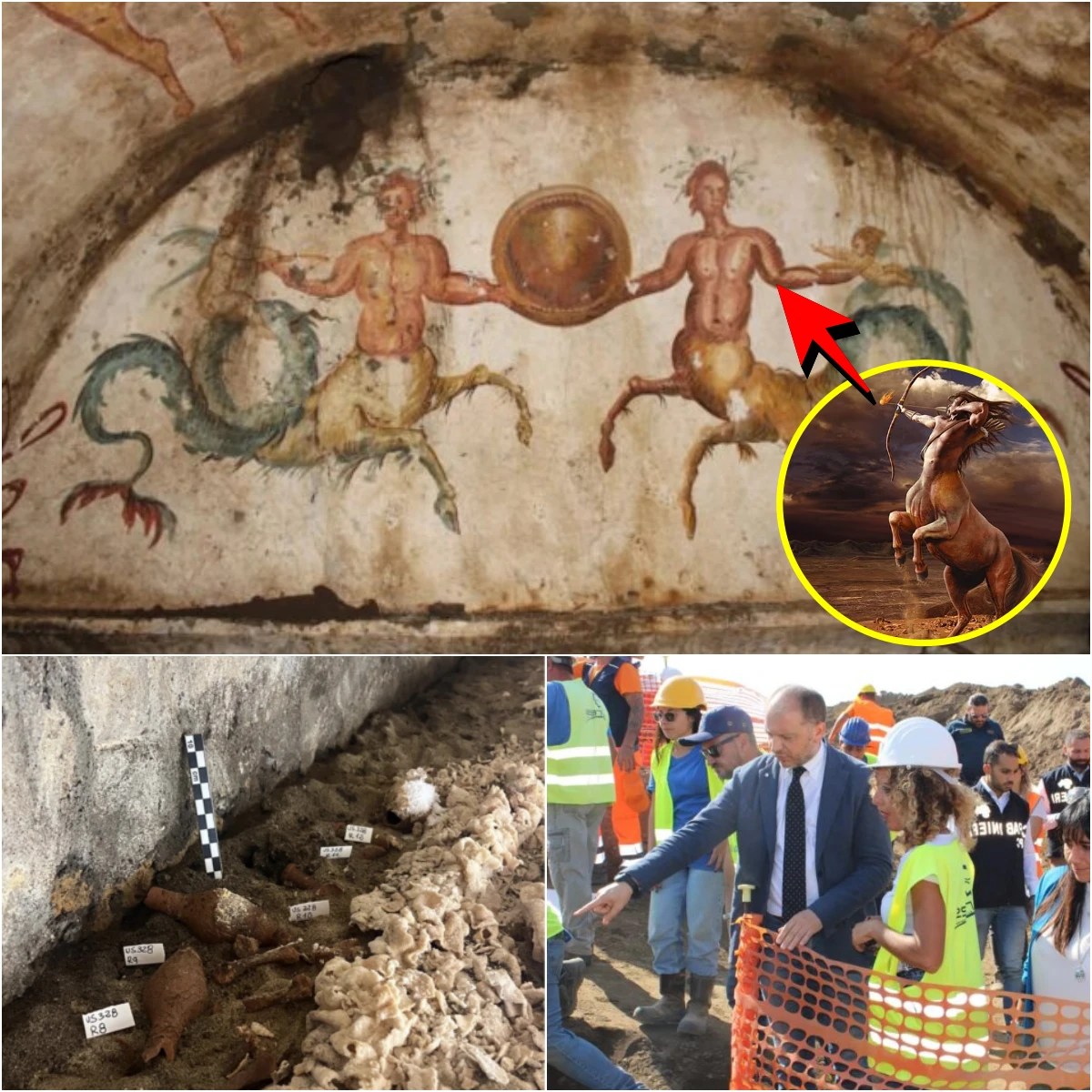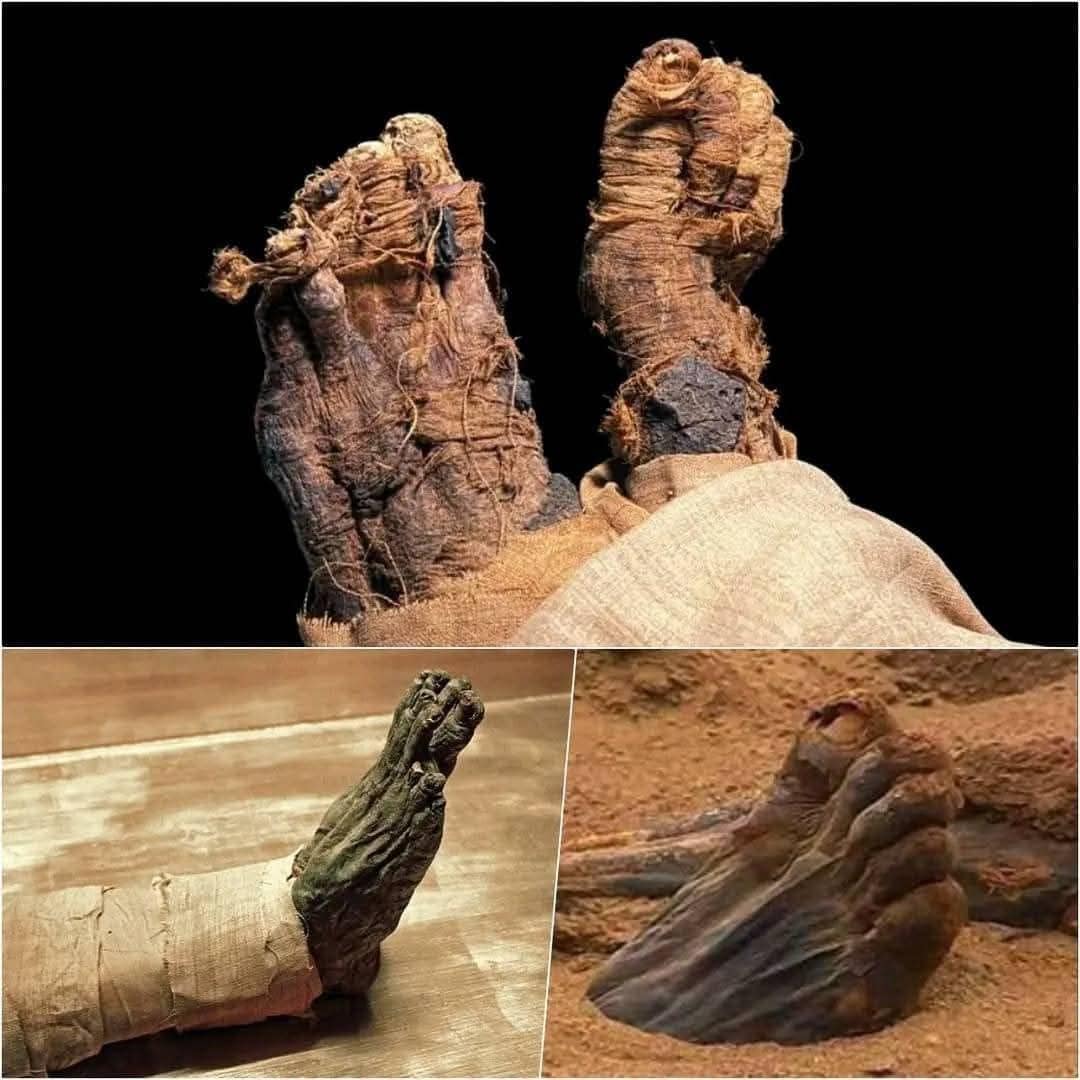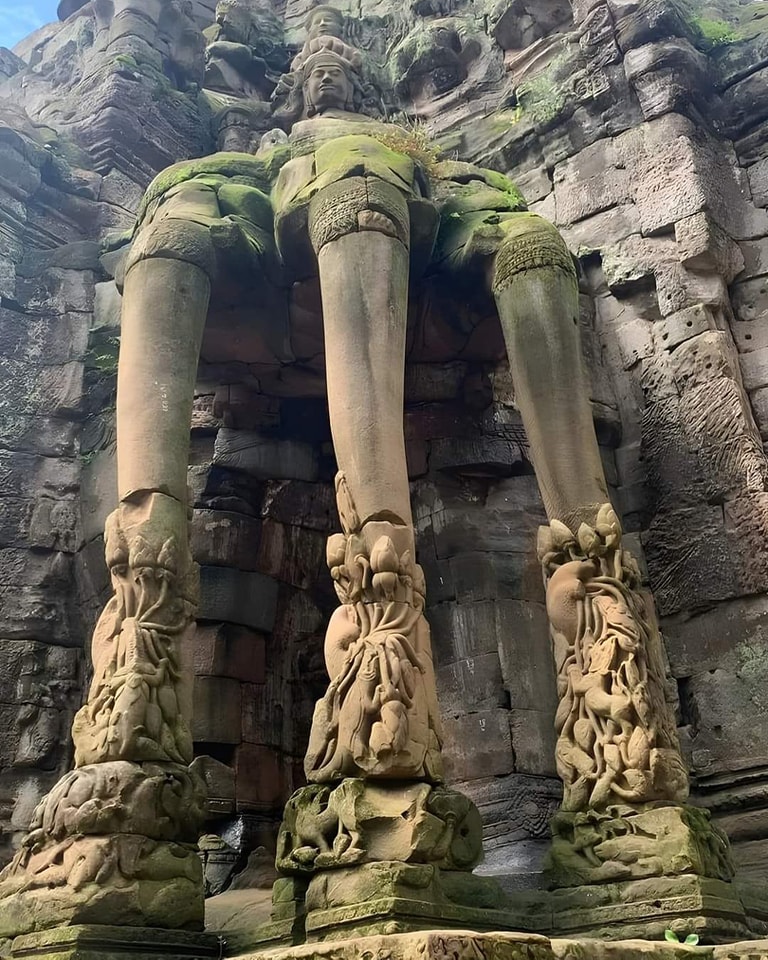Ramesses III’s Strike: 1159 BC’s Labor Revolt
Photo credit: 1. KHALED DESOUKI / AFP / Getty Images 2. Davidbena / Wikimedia Commons CC BY-SA 4.0 3. Canva Worker strikes are a common way to pressure employers to pay fair wages with adequate benefits. When workers stop participating in work, everything comes to a standstill, putting pressure on those who own the means of production to improve working conditions and/or increase wages. . The history of labor strikes dates back to the 12th century BC. C. in ancient Egypt, during the reign of the then pharaoh Ramses III, approximately around the year 1170 BC. C. According to the…
5 min read
